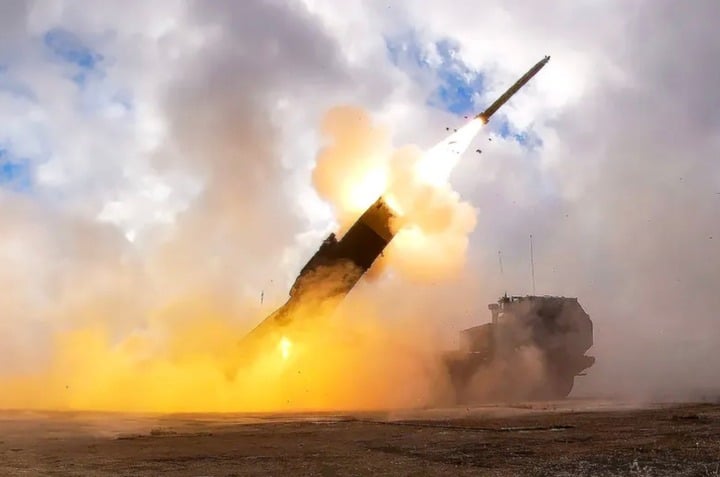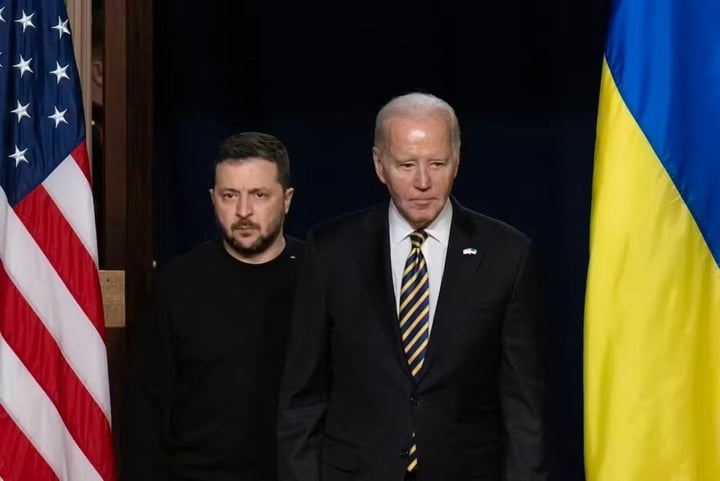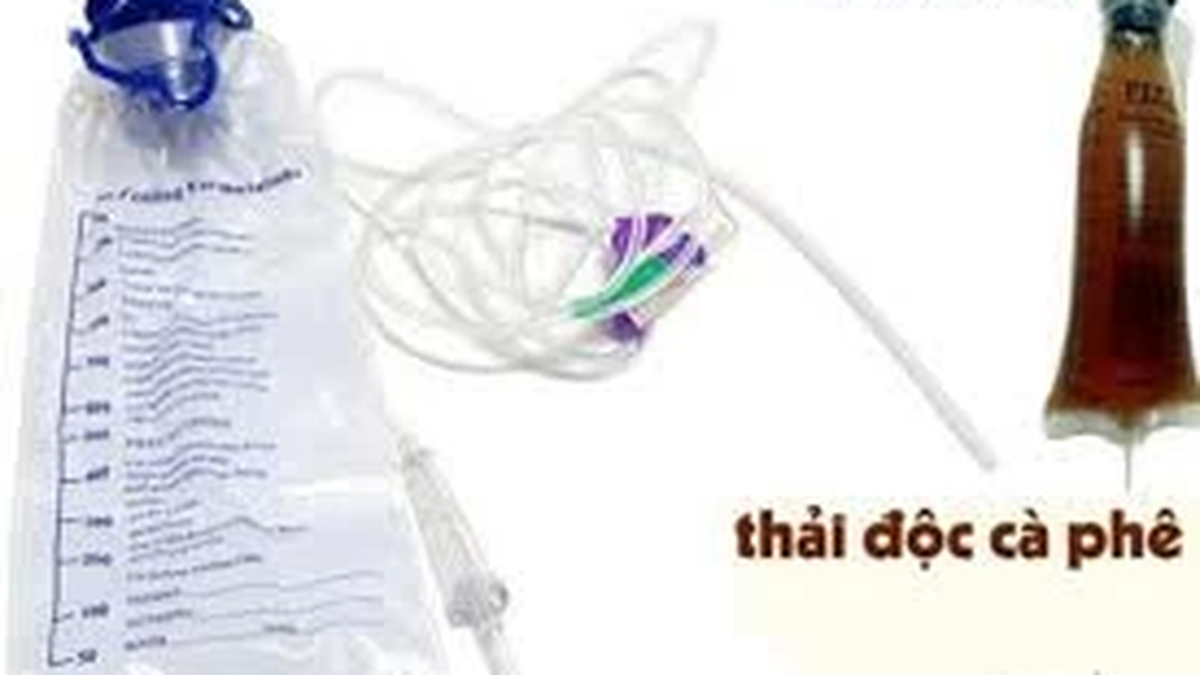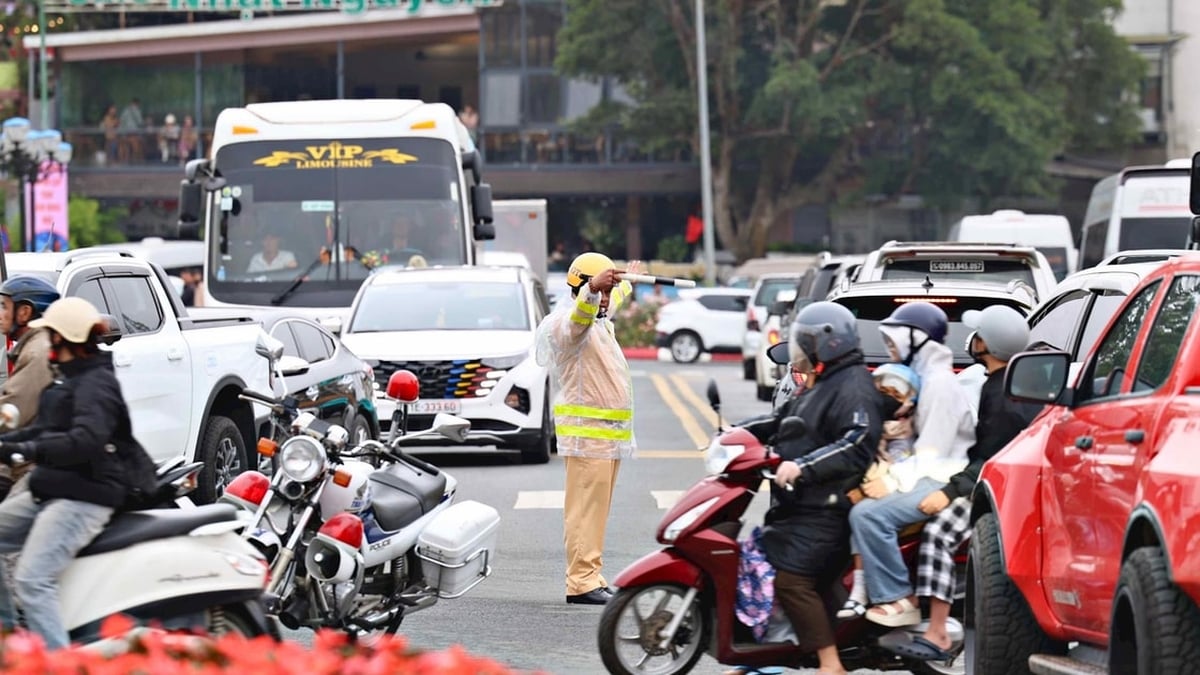The US lifting of restrictions on Ukraine's use of ATACMS ballistic missiles is believed to be aimed at helping the country push back Russian forces, strengthening Ukraine's position before President-elect Donald Trump arrives in the White House in January.
However, this support may be too little, too late for Ukraine to change the situation on the battlefield.

(Illustration)
What happened?
In a surprise move, the Biden administration lifted restrictions on Ukraine’s use of U.S.-supplied missiles known as ATACMS (Army Tactical Missile System), which have a range of about 300 kilometers. The U.S. had previously demanded that Ukraine only use them against Russian forces on Ukrainian territory.
The exact details of the change in US policy have not been released. The New York Times reported that the authorization to strike Russian territory initially applied only to attacks on Russian forces massed in the Kursk region.
Russia wants to seize control of more than 500 square kilometers of territory in a bold offensive in August. Western agencies believe the Russian side is massing 50,000 troops.
Russia’s buildup may have been the main reason behind the lifting of ATACMS restrictions. However, concerns about escalation and the possibility of direct conflict between Russia and NATO are the main reason the US has remained relatively cautious so far.
Nuclear threats are another factor. Russian President Vladimir Putin warned in September that allowing Western weapons to attack Russia would constitute NATO's "direct involvement" in the war.
Russia believes that Western personnel directly operate the weapons originating there and need intelligence to ensure precise targeting.

Ukrainian President Zelensky and US President Biden.
Domino effect
US restrictions on the use of ATACMS have prompted the UK and France to place similar restrictions on Ukraine’s use of the Storm Shadow and SCALP missiles, which have a range of 250 km. So a US green light could allow the UK and France to follow suit and relax those restrictions.
Another boost to Ukraine’s arsenal could come from Germany, where some parties support giving the green light to the delivery of Taurus cruise missiles to Ukraine, which have a range of 500 kilometers. So far, Chancellor Olaf Scholz has not agreed to the move, but that could change after elections in February 2025.
Washington officials have recently said ATACMS will have limited impact because Russia has moved most of its key weapons, especially fighter jets, out of range. However, some military analysts believe there are still many military targets within range, perhaps hundreds.
These targets could include command and communications posts, logistics centers, weapons depots, missile units, and helicopter squadrons. Moving equipment further from the front line would complicate Russian operations, lengthen supply lines, and prolong the time it takes to provide air support.
The appearance of Mr. Trump
The Biden administration could continue to ease restrictions on the use of ATACMS inside Russia, for example allowing use outside the Kursk region, in an effort to leave Ukraine in the strongest possible position before Trump takes office.
Some Ukrainians worry that Mr. Trump could cut off support for Ukraine in an effort to end the war quickly. But others believe that Mr. Trump could make some useful contributions to the Biden administration, given that he could be a trustworthy negotiator.
Some in Mr. Trump’s new team, notably incoming National Security Adviser Mike Waltz, have also talked about using stronger support for Ukraine as leverage to push Russia into negotiations.
There is also a strong possibility that the Trump administration could reverse its decision to lift restrictions on the use of ATACMS.
Source: https://vtcnews.vn/xung-dot-o-ukraine-thay-doi-sau-khi-ukraine-ban-ten-lua-my-vao-nga-ar910352.html




























![[Photo] National Assembly Chairman Tran Thanh Man visits Vietnamese Heroic Mother Ta Thi Tran](https://vphoto.vietnam.vn/thumb/1200x675/vietnam/resource/IMAGE/2025/7/20/765c0bd057dd44ad83ab89fe0255b783)





































































Comment (0)